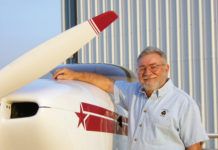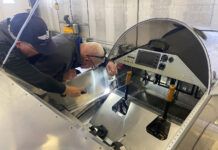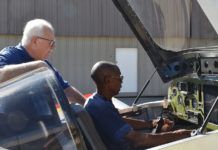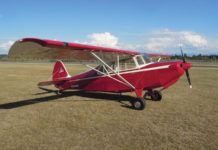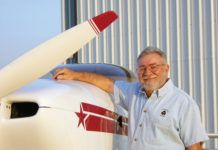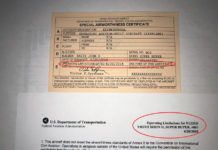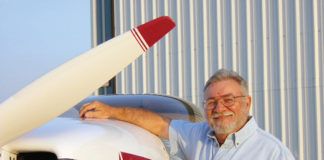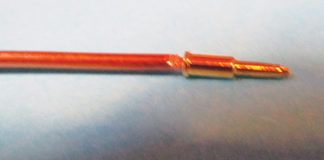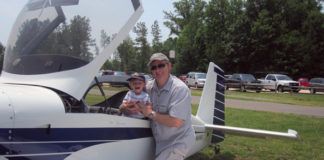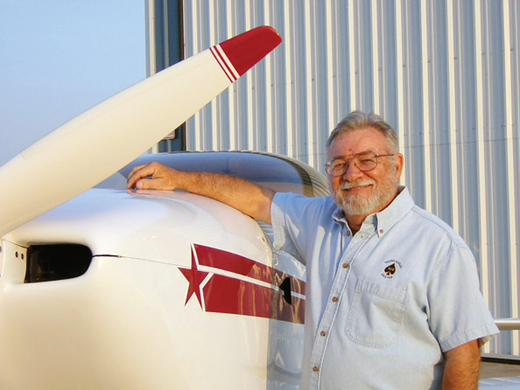
Question: I am a licensed private pilot, but have not flown as pilot in command since before the advent of LSA. I intend to take some refresher training and believe that an LSA aircraft will suit my needs just fine. What is required for my own licensing requirements, as well as acquiring an LSA aircraft?
Answer: If you currently hold a private pilot certificate, that in itself qualifies you to fly a Light Sport Aircraft. Of course, you will need a current flight review and a valid driver’s license. To transfer aircraft ownership, you must submit a bill of sale to the FAA Aircraft Registration Branch. Instructions can be found on the FAA website.
Question: My late father built two Thorp T18s, the second registered in 1997. We both worked on the construction, and I am the repairman. My family is apprehensive about liability. Can I sell this flying aircraft to a buyer with no airworthiness and no registration, and can that buyer obtain his own airworthiness certificate and N-number, similar to what he would do if he bought parts from four different aircraft and assembled them to make a single new one?
Answer: Unfortunately once you surrender the airworthiness certificate for an Amateur-Built aircraft, the aircraft is “dead” in the eyes of the FAA. The only path to recertification would be Experimental/Exhibition. This is not a desirable category in my opinion.
Question: I’m looking for an engine for my RV-8 project and have found several that have low time since overhaul and are reasonably priced. The problem is that they all have had prop strikes. If the flange dials OK, is the engine good to go without further inspection?
Answer: Lycoming says any prop strike, no matter how minor, requires a tear down and complete inspection. One of the most common fail points is the crankshaft/camshaft gear bolt.
Question: Is it possible to reregister an Experimental/Amateur-Built airplane as an Experimental Light Sport? The aircraft meets all the requirements of an LSA.
Answer: This question seems to come up quite often. Simply put, once an aircraft is registered as Experimental/Amateur-Built, it will always be Experimental/Amateur-Built.
There are only two paths to Experimental Light Sport. First is under FAR 21.191(i)(2), an aircraft built from a kit that has been certified by the kit manufacturer to comply with a Special Light Sport Aircraft. And second, under 21.191(i)(3), an aircraft that has been previously certificated as a Special Light Sport Aircraft.
Early on, there was a third path under 21.191(i)(1). This was for a period of several years to allow transition into Experimental Light Sport from previously built “heavy” ultralights, or aircraft operating under the two-seat ultralight flight training exemption. But that option went away in January of 2008.
Question: I want to put the N-number on my plane under the horizontal stabilizer. Is this legal?
Answer: No. According to FAR 45.25, the number must appear on both sides of the vertical tail surfaces or on both sides of the fuselage between the trailing edge of the wing and the leading edge of the horizontal stabilizer. As far as asking the FAA for a deviation on registration location, they will not authorize a change unless there is a reason due to configuration of the aircraft.
Please send your questions for DAR Asberry to [email protected] with “Ask the DAR” in the subject line.

![]()
Mel Asberry is an experienced Designated Airworthiness Representative specializing in Experimental/Amateur-Built aircraft. He and his wife, Ann, have built seven amateur-built airplanes including two ultralight types, a Moni Motorglider, a Dragonfly Mk2, two RV-6s and a Zenair CH 601HDS. They are currently building a scratch-built biplane.

